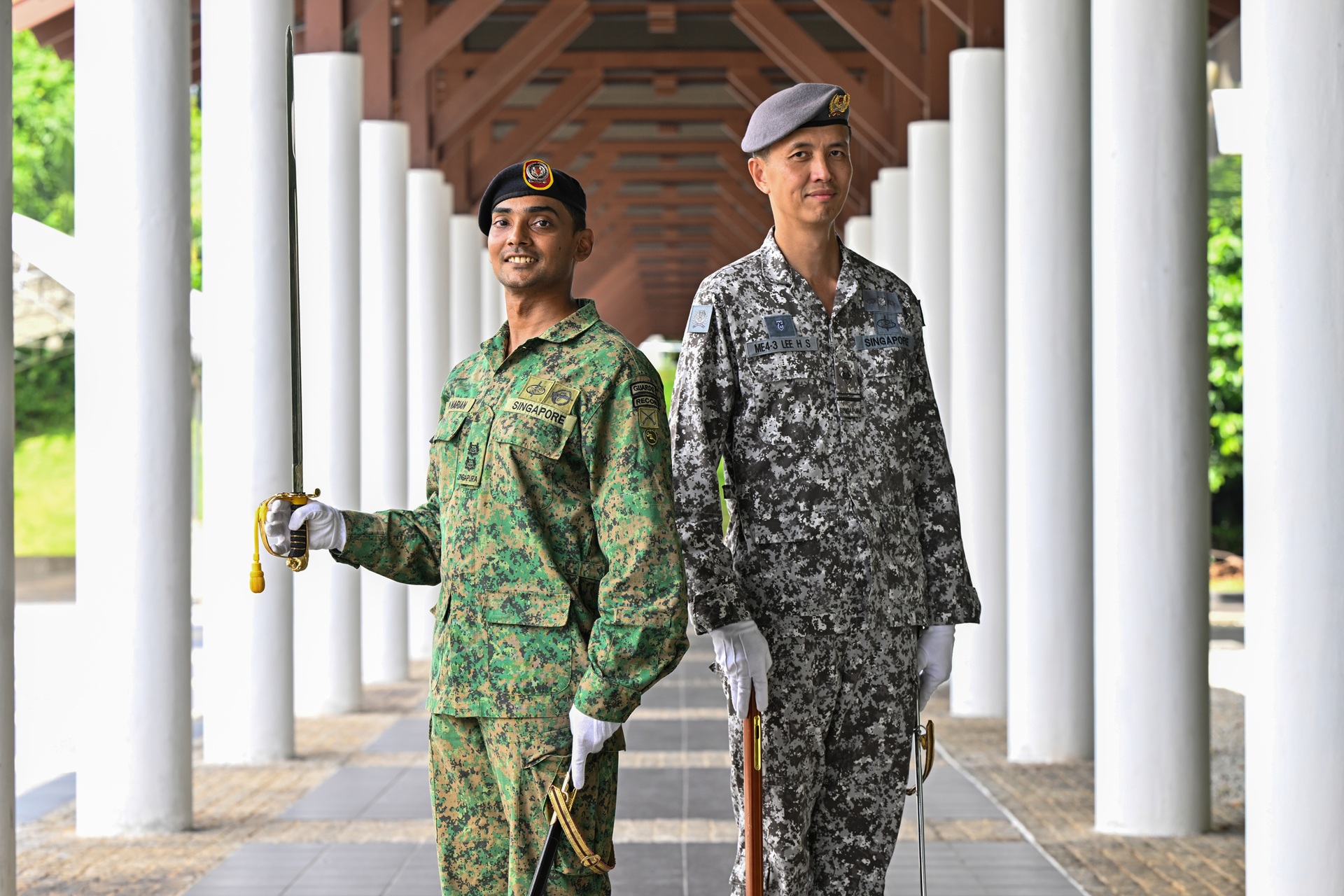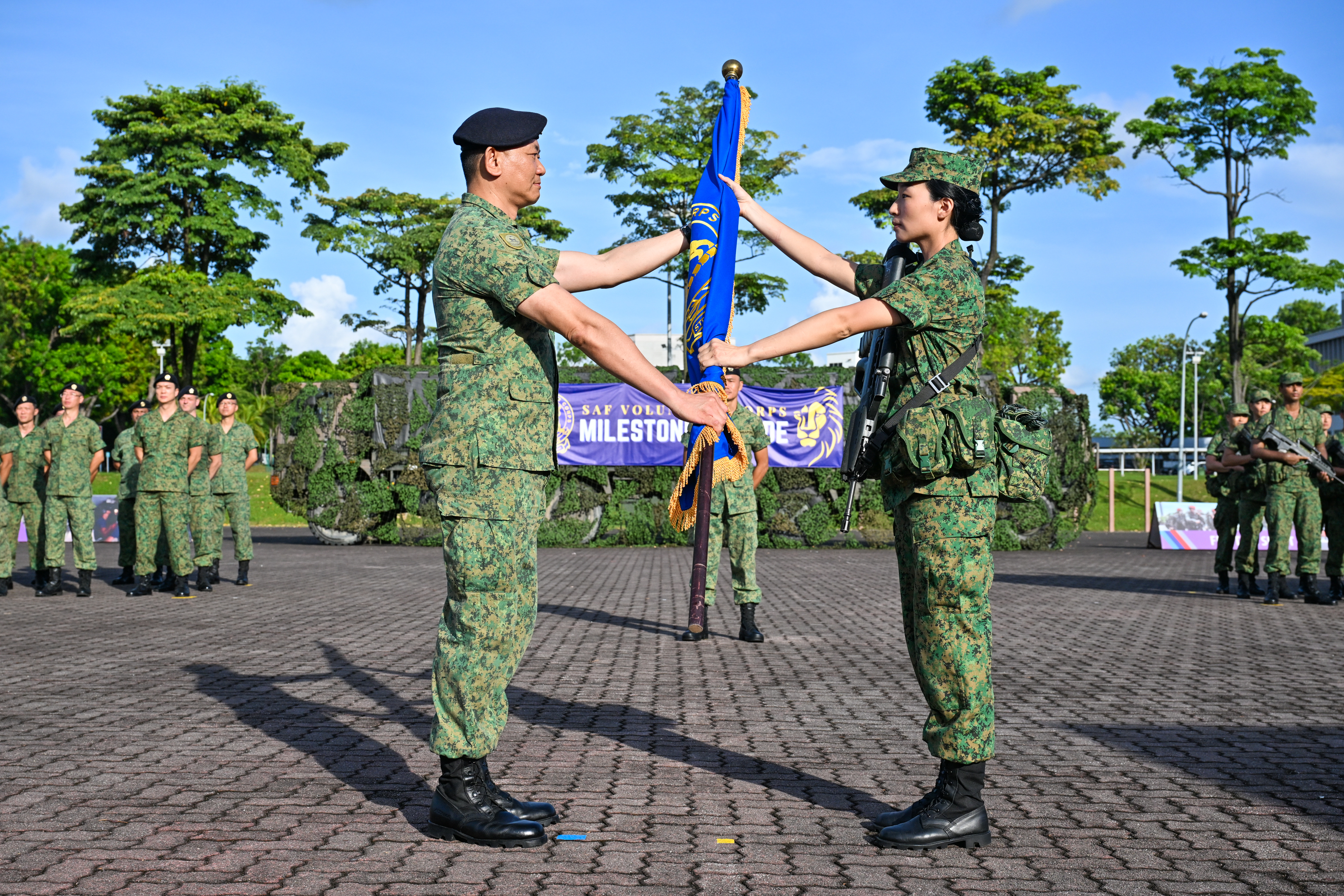UNMANNED AND FULLY AUTONOMOUS
PHOTO // Courtesy of BAE Systems
In today's battlefield where information is king, the Mantis Unmanned Aircraft System (UAS) will prove to be a useful asset that pilots itself while providing real-time intelligence and attack capabilities.
Designed for intelligence, surveillance, target acquisition and reconnaissance (ISTAR) operations on top of providing close air support to ground troops, the Mantis UAS is the United Kingdom's largest-ever fully-autonomous unmanned aircraft to date.
With a wingspan of 20m, it resembles a medium-range bomber more than it does an unmanned drone. But there is no pilot canopy and neither are there any doors or windows to be found on the Mantis. Add to the mix a bulbous front section and its silhouette looks like any military aircraft. But that's where the similarities end.
And although the Mantis is still in its first phase of development, it looks set to be jam-packed with advanced sensors and multiple hard-points for weapons.
Independent warrior
Mantis' manufacturer, BAE Systems, coined the UAS acronym to reflect the autonomous nature of the Mantis. Much more than a drone, it is able to fly itself throughout an entire mission while automatically detecting and managing all target information.
Autonomous flight is achieved through an on-board advanced avionics suite which evaluates and reacts to its environment. This automation reduces manpower needs and enhances mission effectiveness by removing the usual concern over vehicle control and the likelihood of human error.
The Mantis features an automatic launch-and-recovery system. Combined with links to ground control stations, safe landing is ensured even when communications are down. Though it is capable of autonomous operation, the Mantis can also be controlled manually by operators on the ground.
In other words, the Mantis is the first of a new breed of robotic aircraft which can pilot itself, decide what objects in its area of operations warrant further investigation, and even move to target perceived hostiles automatically. It requires human intervention to do only one thing - pull the "trigger".
Brimful of fire
Each Mantis comes with six hard-points where weapons can be mounted. These can be loaded with up to 12 MBDA Brimstone missiles or six Raytheon Paveway precision-guided bombs that weigh 226kg each.
Brimstone missiles are air-to-ground weapons which are especially effective against armoured targets. Comprising a reusable launcher pod with three missiles, Brimstone missiles are the primary anti-armour weapons of the UK Royal Air Force.
Paveway bombs are laser-guided munitions that home in on their targets while flying an adaptive trajectory, avoiding obstacles for enhanced accuracy and greater warhead effectiveness.
Ready to go
Powered by two Rolls-Royce turbo shaft engines, the Mantis flies at a maximum altitude of 55,000ft (16,764m). Although fighter aircraft can fly at heights of 50,000ft and beyond, the Mantis compensates by being able to cover an area which would require three to four surveillance helicopters to police.
Fitted with an upward-facing satellite communications system, the Mantis is designed to be modular, with plug-and-play capabilities. It can be fitted with sensors and weaponry suited to its mission, and features an electro-optic camera in the front section of the fuselage to capture images.
The Mantis utilises a fly-by-wire (FBW) control system, where complex hydraulics used to manoeuvre the aircraft are replaced by an electronic interface. The movement of flight controls in FBW systems are transmitted as electrical signals to on-board flight computers, which then determine how much the control surface should be moved to achieve the desired manoeuvre. As electronic circuits are lighter, FBW systems have the added advantage of reduced weight.
Fully-electric, lightweight and energy-efficient, the Mantis can stay in the air up to 30 hours - a feat most other surveillance aircraft currently in operation are hard pressed to match.
Due to its lack of delicate hydraulics, the Mantis can be disassembled to fit into a military transport aircraft, making it extremely deployable. Its ground control station can also be transported within standard packing crates to be delivered easily to wherever it is needed.
The Mantis was developed within the UK Ministry of Defence's Strategic Unmanned Aerial Vehicle Experiment which included other systems such as the Taranis, Reaper and HERTI unmanned aerial vehicles. Funding for the Mantis project is being provided in small chunks, with the first Mantis completing its maiden flight on 21 Oct 2009 in Woomera, South Australia, after its initial phase of development.
In March, BAE Systems was awarded a contract to continue developing the Mantis that will include a Strategic Design Review, scheduled for the middle of this year. Following that, the Mantis will enter into the second phase which will involve comprehensive testing of its sensor systems.
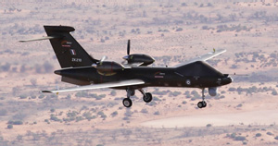
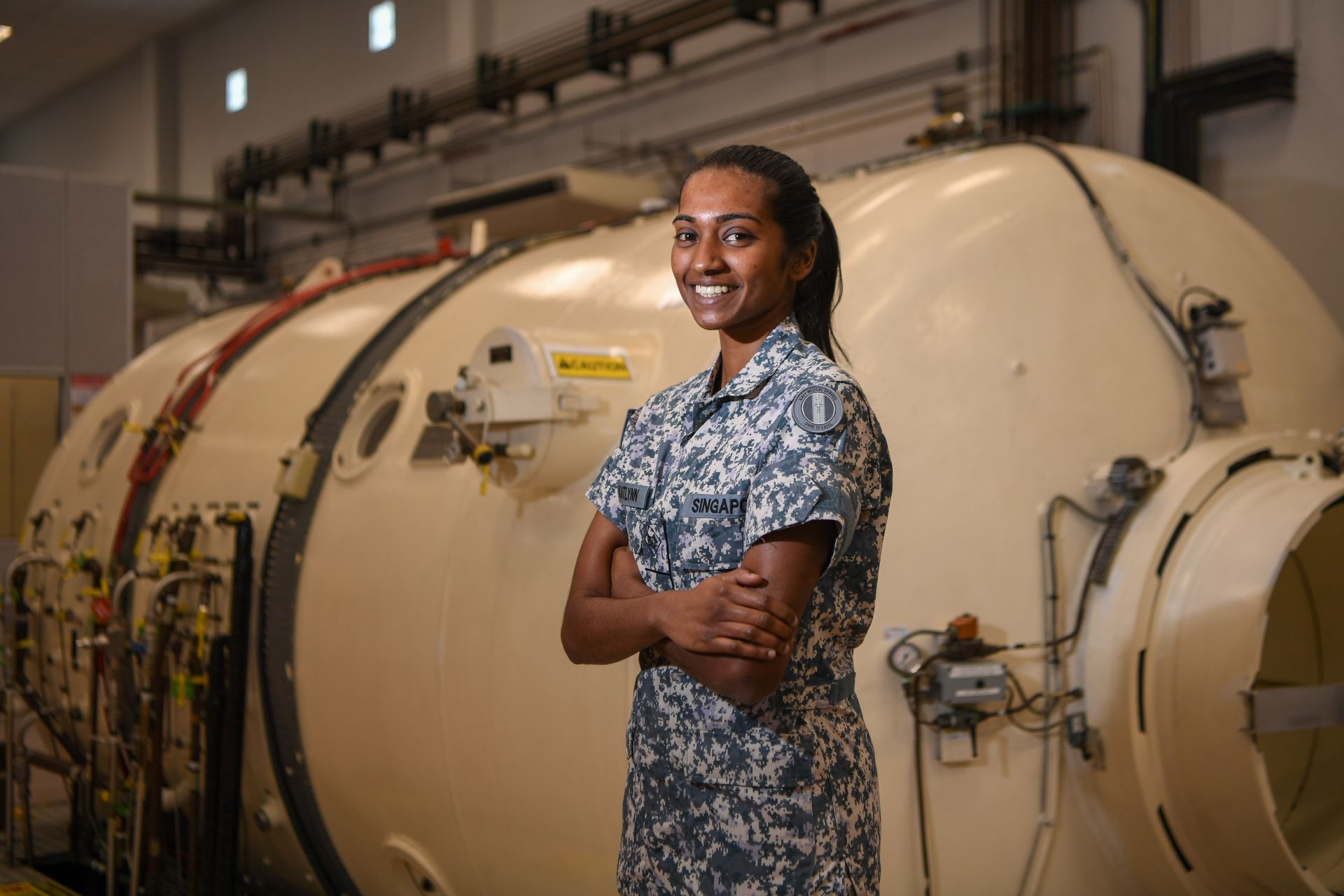
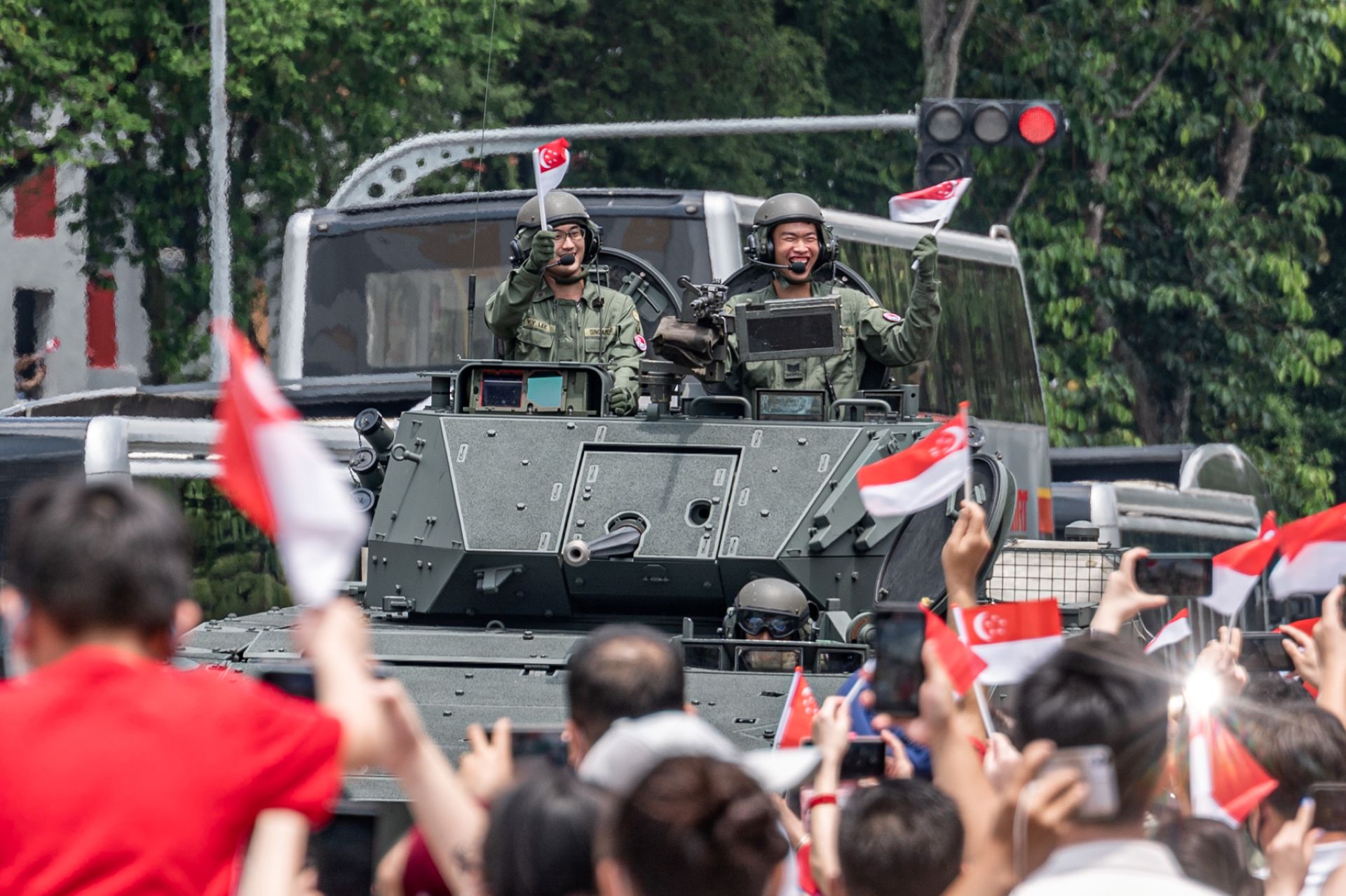
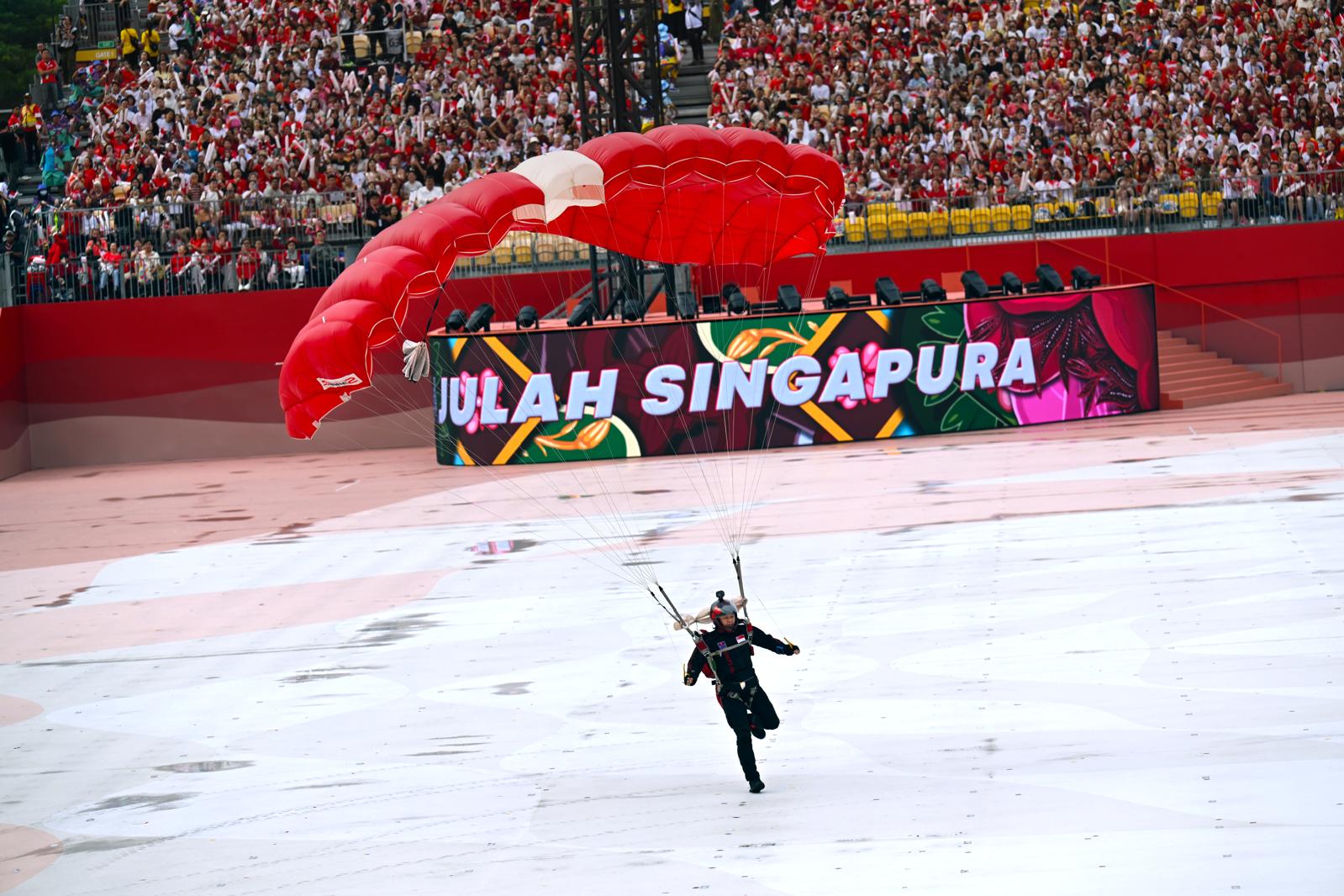
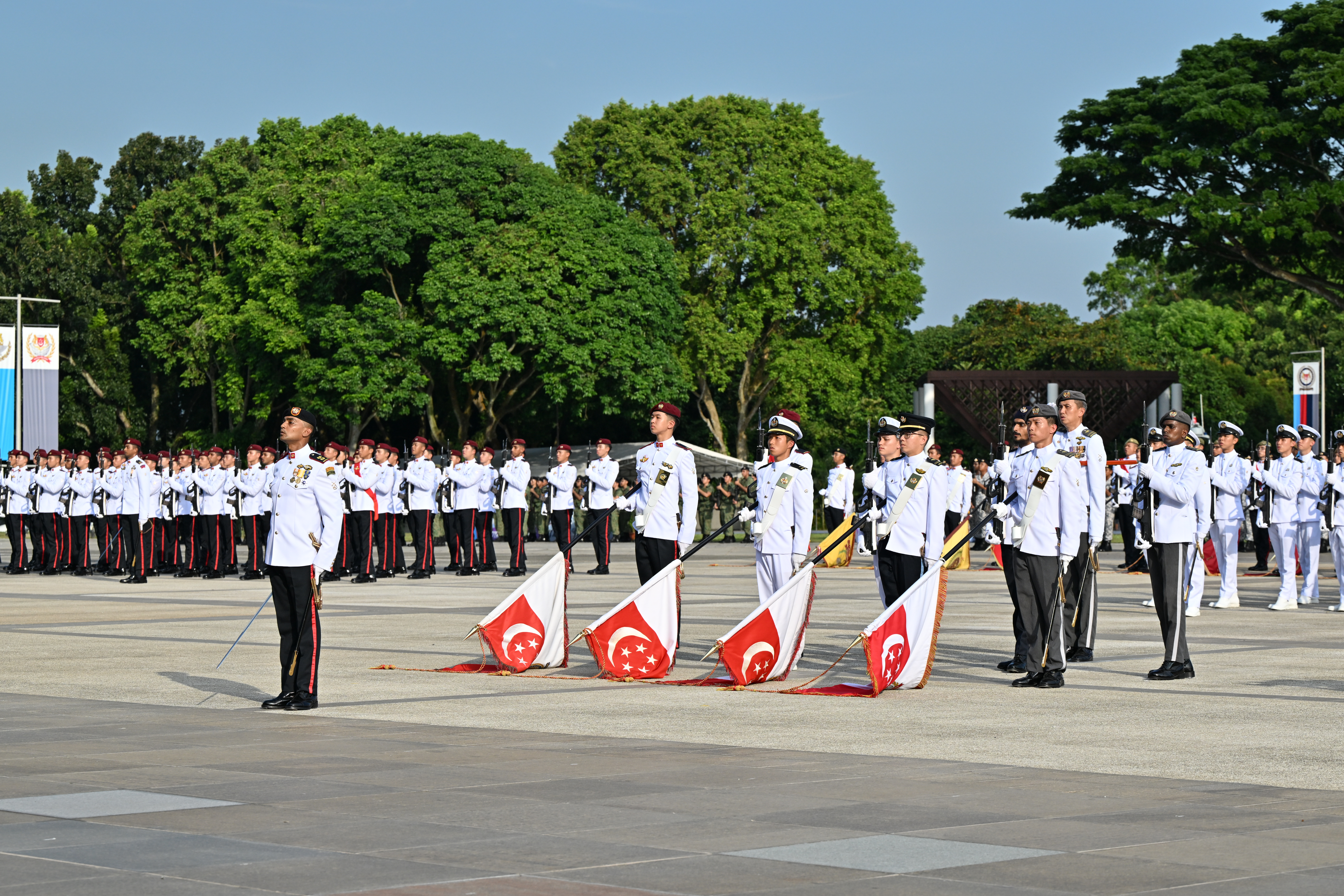
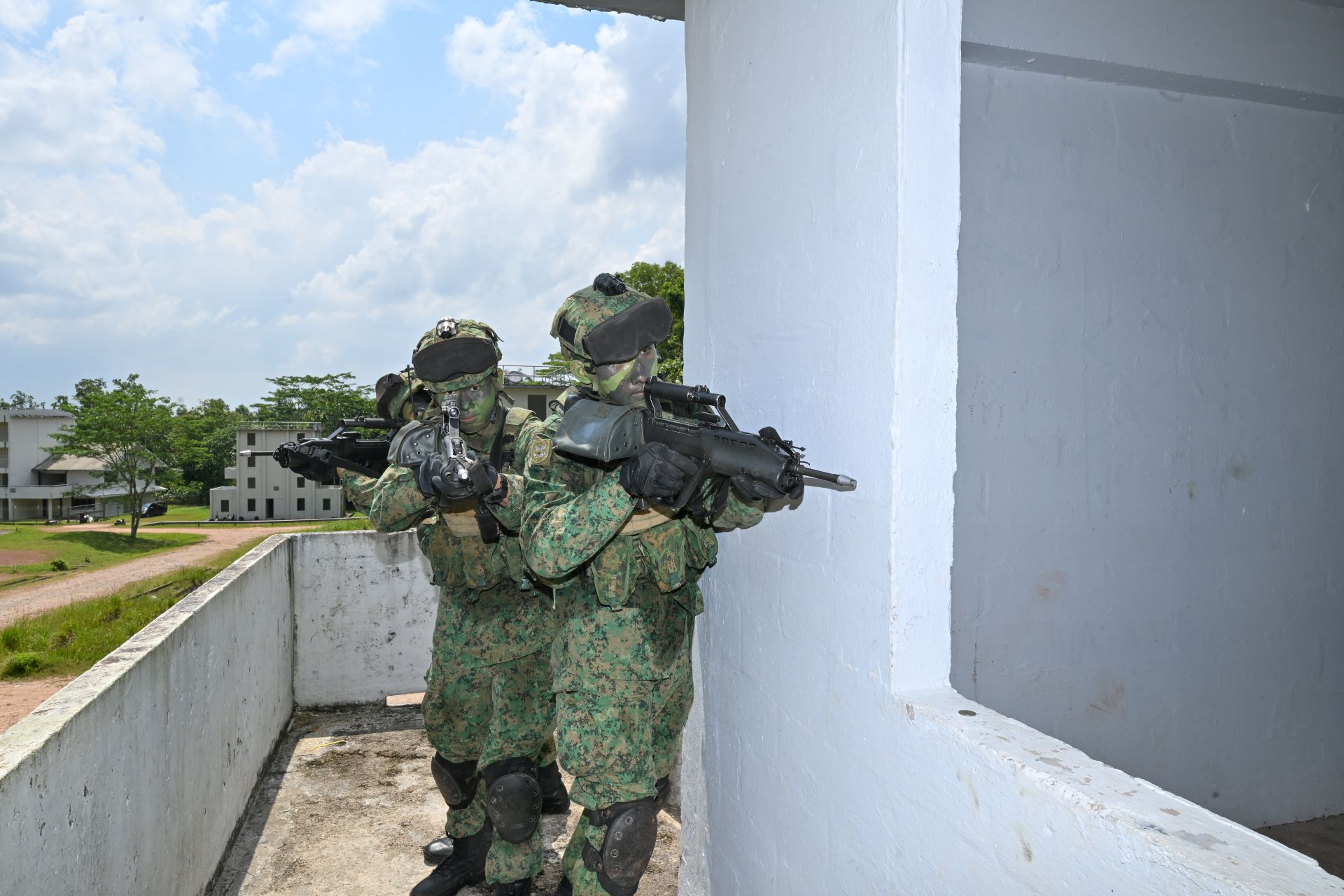
.jpg?sfvrsn=b5383902_1)
.jpg?sfvrsn=4eb1b86e_1)
